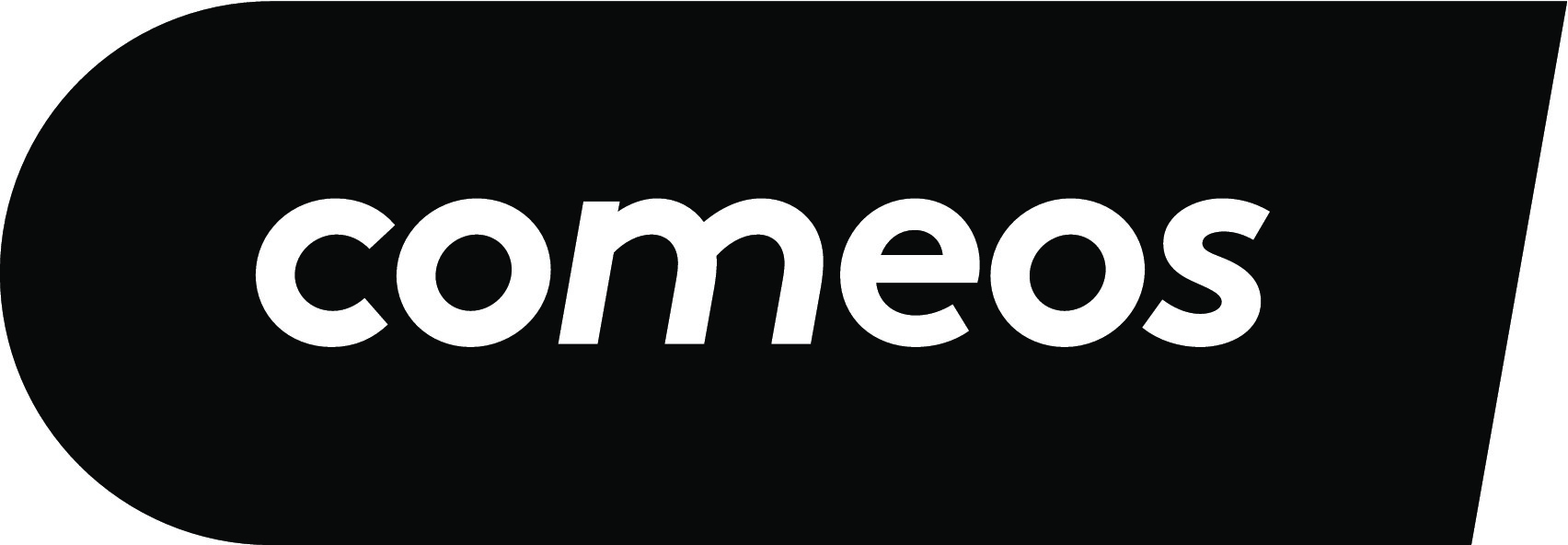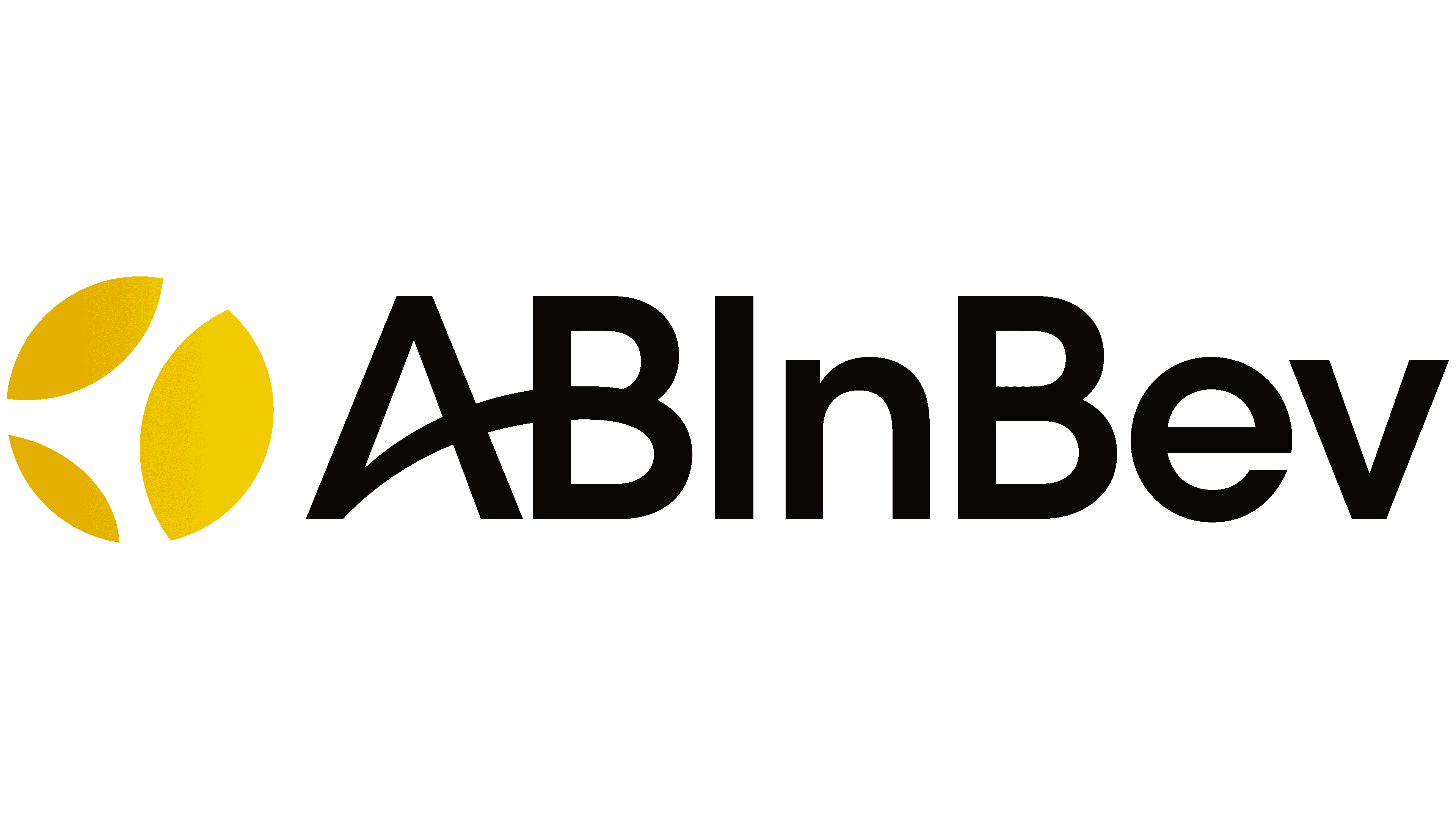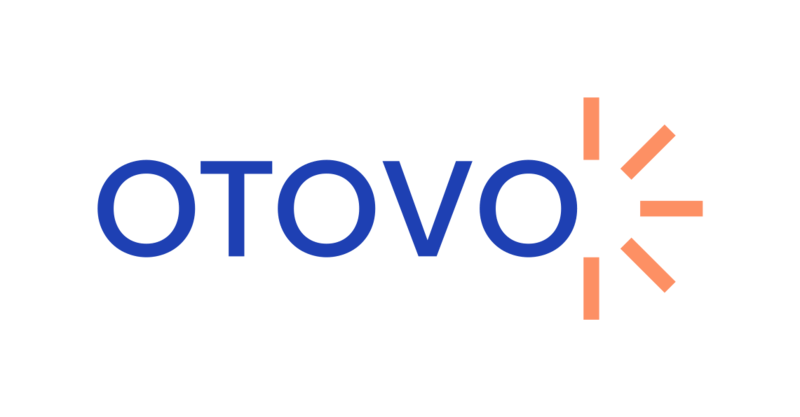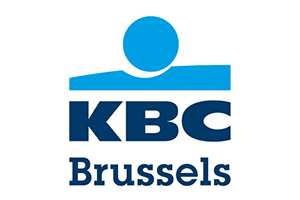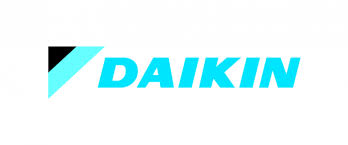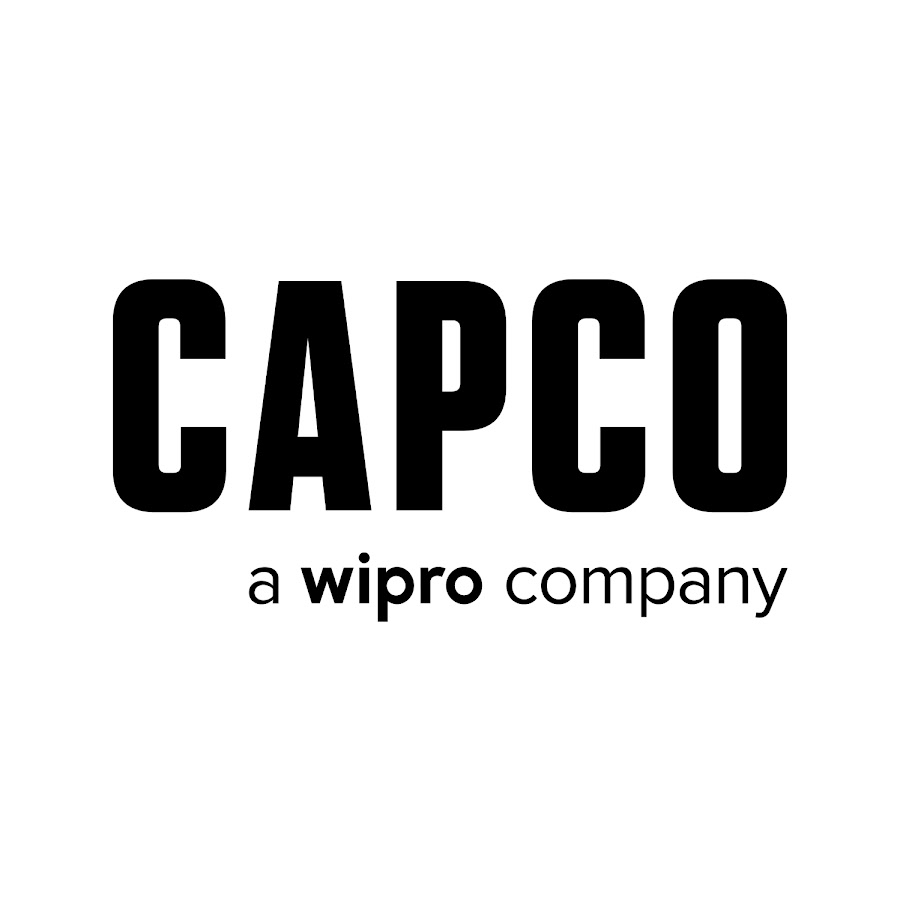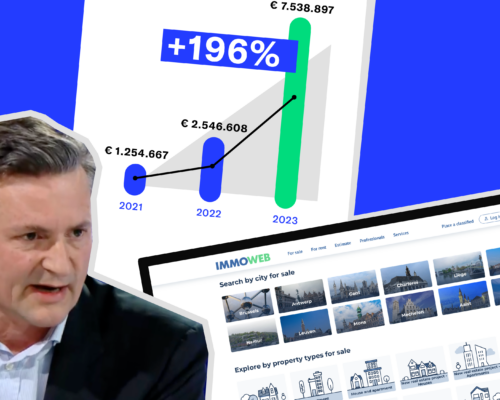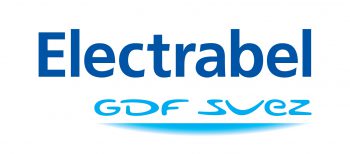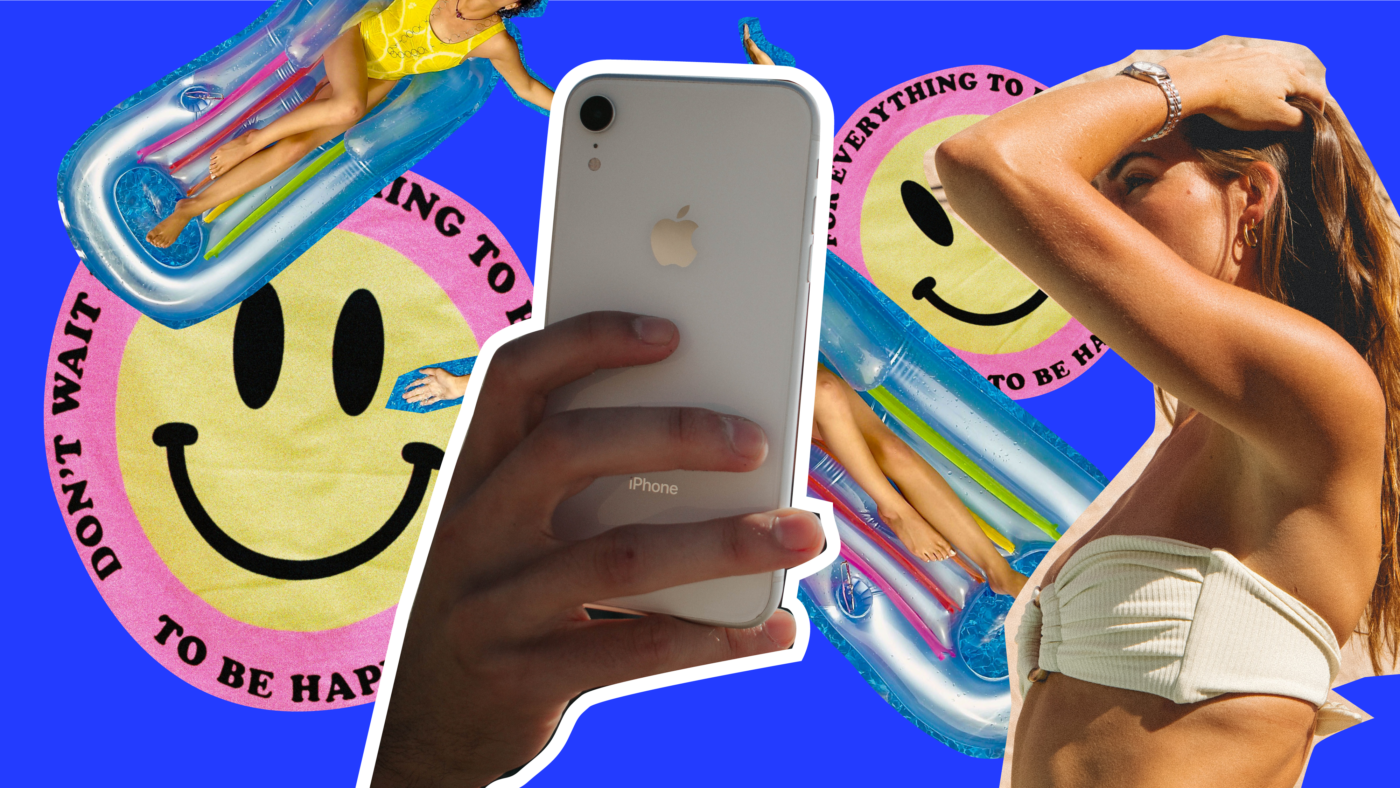Influencer marketing helps brands strike the right chord with their audience – increasing your reach, engagement and conversion. But how do you tackle it? How do you determine influencer marketing costs and ROI? In this blog, we explain how brands can successfully partner with influencers based on clear KPIs.
Influencer marketing costs & ROI
Thanks to social media, consumers feel more involved in the communication of brands – at least if those brands do it right . Unfortunately, brands do not always strike the right chord with their followers, which means that their content creates little engagement. This is exactly what influencers are specialized in.
A recent report by Bevilacqua and Del Giudice (2018) found that 39% of marketers plan to increase their budget in influencer marketing. Moreover, 94% of marketers report that their influencer marketing campaigns were effective and that the campaigns had 11 times the return-on-investment of traditional advertising.
At FINN, we adhere to the principle that brands should bet on their Share of Voice: brands that have more (strategic) reach than their competitors also see their market share grow (Byron Sharp, “How Brands Grow”).
It is therefore important to opt for channels that offer high reach for a low cost – this can be quantified and benchmarked through the so-called “Cost Per Mille” (cost per thousand impressions or CPM).
Through our client work, we observe that influencer marketing on average has a higher cost per thousand views (CPM) than media relations/PR, but it is still cheaper than paid advertising, both online and on TV and in newspapers.
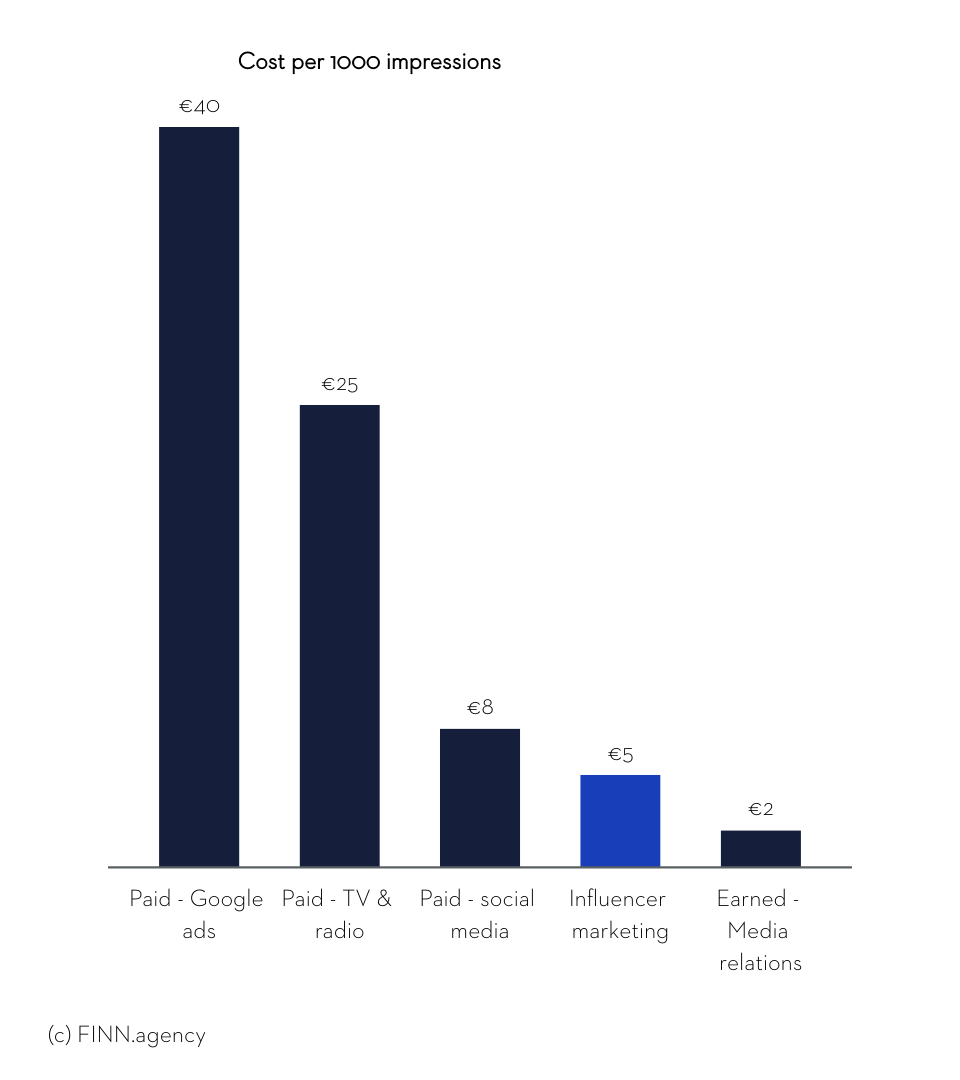
So the cost of reaching a thousand people with influencer marketing is somewhere between an advertising campaign (“paid media”) and PR (“earned media”).
But note: influencer marketing is not suitable for every company or every campaign. Before embarking on influencer marketing, it is important for the brand to reflect on the objectives of the campaign and to determine whether influencer marketing fits within these objectives.
Influencer marketing is particularly suitable for achieving a combination of the following objectives:
- Increase reach and brand awareness
- Increase engagement and trust in the brand
- Create conversion to sales, followers on social website or website visits
Influencer marketing is therefore usually not the most appropriate or cheapest channel to work on brand awareness alone.
Although the bulk of influencer campaigns are targeted at consumers, there are also many opportunities for B2B brands and even awareness campaigns. For example, as recently as 2020, the Flemish government used influencers such as Flo Windey and Pommelien Thijs to sensitize young people to wear a mouth mask.
Influencer marketing: which influencers exist?
Influencers come in all sizes (and colors!). They differ significantly from one another in terms of branding, number of followers, engagement rates, compensation for collaboration and skills.
Researchers divide them into five broad categories:
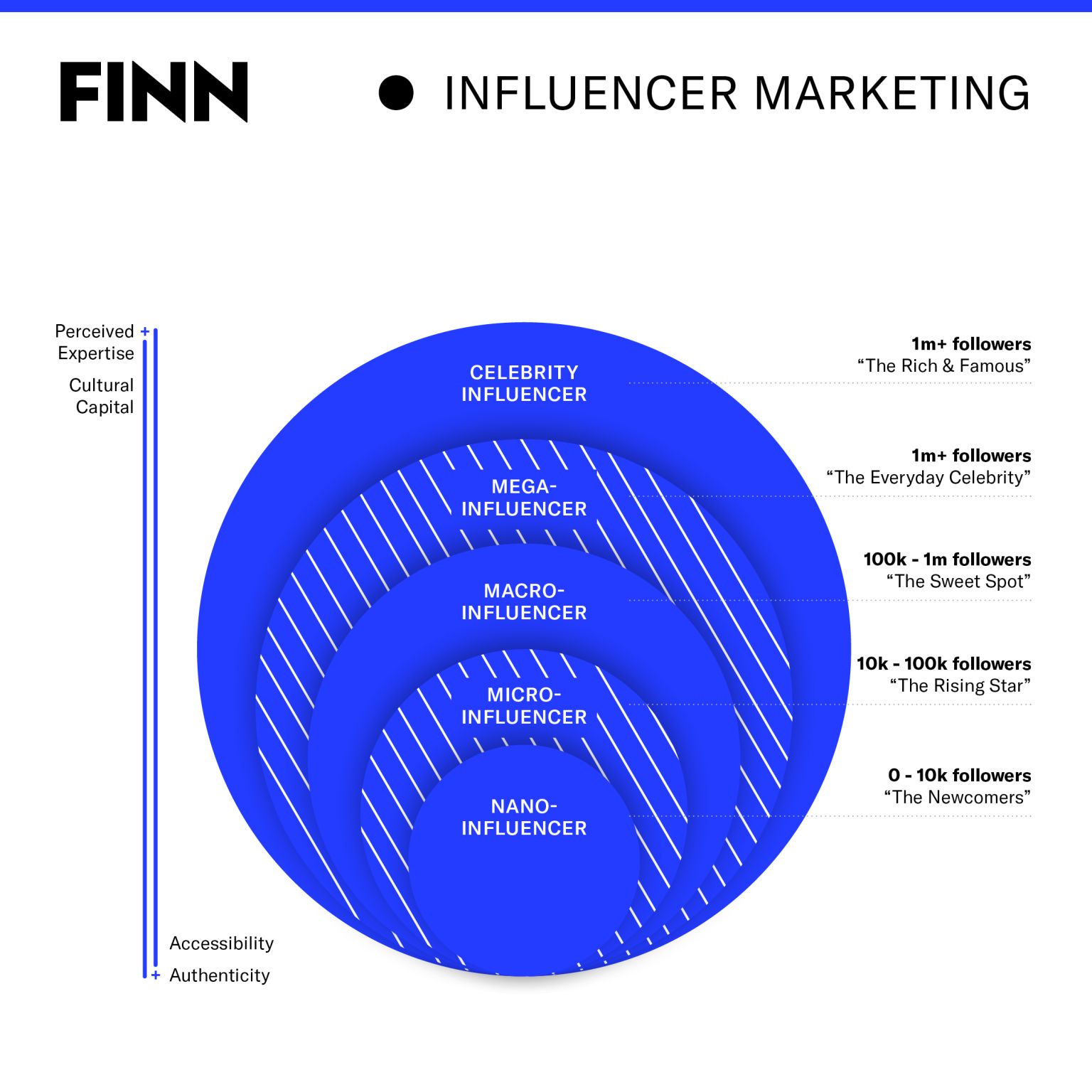
- Celebrity Influencer: a celebrity influencer is known outside of social media and is used by brands for their large number of followers. They were known before they were known on social media, work with brands linked to their (former) work and have more than a million followers. Examples are Kim Kardashian and Ronaldo, but closer to home also Angele and Dries Mertens.
- Mega-influencer: A mega-influencer has gained fame through social media and has experienced remarkable growth during their influencer career, but were not known before. They often have a high reach of over a million followers, although this can have an impact on their engagement rate. Examples include Enzo Knol, Gaelle Garzia Diaz and Jimmy Labeeu.
- Macro-influencers: Macro-influencers are influencers who are not yet famous, but are nevertheless very successful on social media, with followers between 100K and 1 million. Examples are Aurelie Van Daelen, Jolien Puype and Matthias Geerts. Micro-influencers: Micro-influencers are successful enough to make a career as an influencer, but they are smaller than macro-influencers, both in size and reach, with followers between 10K and 100K. This latter group is very interesting for brands: research shows that micro-influencers come across as more genuine and authentic than the larger influencers and can therefore have a greater effect on conversion to purchase from their followers. This is precisely why we often work with micro-influencers at FINN. Examples are Jolien and Jenno, Bonjour Georges and nietnulaura.
- Nano-influencers: Nano-influencers are at the start of their influencer career and therefore often still have a high engagement rate. They have a smaller follower base than 10K and are still building their brand. Examples are: hoedjevansamir, Charlotte Goorden and hashtagsilke.
Influencer marketing: choosing influencers
The biggest challenge for brands doing influencer marketing is to identify and select the right influencers and convince them to include their brand in their posts.
Here are the four factors to consider:
1. Number of followers
Logically number one when we want reach: how many followers does the influencer have?
Research shows that the number of followers has an impact on the perception of popularity and likeability of an influencer. Other followers are validation for a follower that the influencer is popular.
Caution: an influencer with many followers is not automatically an opinion leader, and does not necessarily influence consumer buying behavior. So reach and number of followers should never be the only criteria.
2. Authenticity of the influencer
In order to create a message with real impact, a company should collaborate with a sympathetic, reliable influencer who is seen as a true opinion leader by followers. The topics on which the influencer communicates are more important than his reach.
Moreover, choosing an original influencer or ambassador also has a positive effect on the attitude towards the brand and the perceived uniqueness of a product.
3. Audience engagement
Both for the authenticity and credibility of the influencer and for persuasion to the target audience, it is important that the influencer is also part of the target audience.
Research by Gilles (2012) shows that a follower is more likely to be convinced when there is a parasocial relationship: the follower has the feeling that he really knows the influencer. For example, do you know the feeling of running into a well-known person in the supermarket and unconsciously nodding or waving politely? If so, there is also a parasocial relationship here. Such a parasocial relationship ensures that the follower feels involved with the influencer and automatically begins to attach more importance to their opinion or review. Three factors determine the strength of a parasocial relationship: attractiveness and likability of the influencer, authenticity and own similarities to the influencer.
To measure engagement, specialists often use the engagement rate.
Engagement rate = likes + comments + shares / total number of followers x 100
4. Product/topic campaign
Finally, any influencer collaboration should focus on the product or topic of the campaign.
For B2C influencer marketing, there are several categories in which influencers operate, such as tech/games (couple of pixels, Samir Korbi), mum (elise & achile), food (Steffi Vertriest) and DIY (Idoitmyself.be).
But also with influencers who are less clearly focused on one of these categories, such as Jolien and Jenno or Aurelie Van Daelen, it is important to have a good match between the influencer and the product in order to obtain conversion to purchase from the audience.
B2B and awareness campaigns do not always involve a product, but nevertheless need to take into account a clear match between the campaign idea and the influencer.
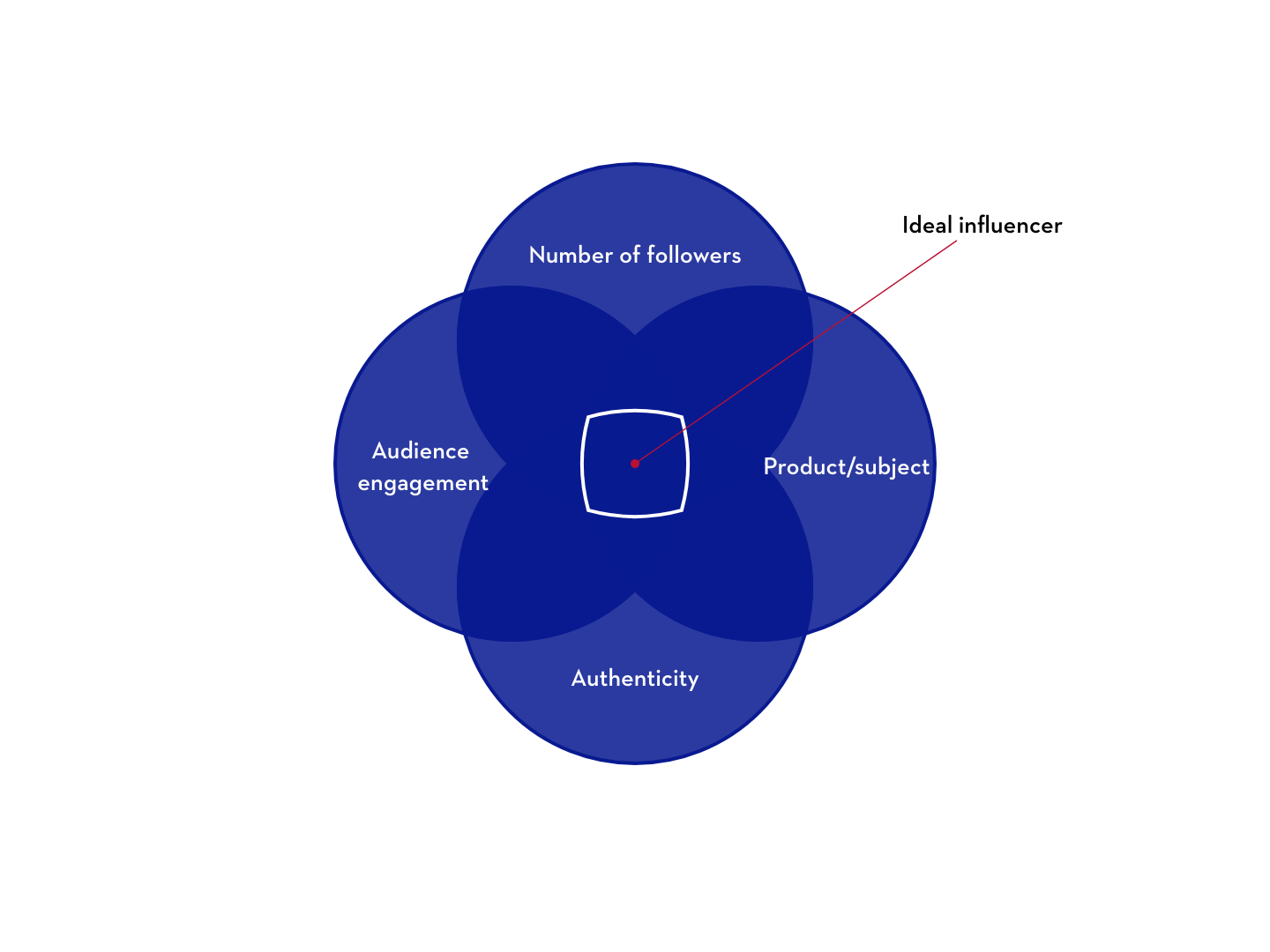
Influencer marketing: checklist
1. Establish strategy.
The first step in any company’s communication is to establish the communication strategy. With influencer marketing, there are three questions in particular to answer:
What are the objectives of the campaign?
Influencer campaigns are particularly well suited to achieving the following four objectives:
- Increase reach and brand awareness.
- Increase engagement and build trust between the brand and its customers.
- Conversion, both in terms of sales and new followers for the company’s social media page
- Create credibility and authenticity for the company: influencers have built credibility that reflects on the brand.
What is the target audience of the campaign?
To determine the target audience of your campaign, three components are the most important: location of the target audience, age and interests.
What is the budget of the campaign?
It is important to set a budget in advance and decide what you will spend on what. In doing so, take into account not only influencer fees, but also other campaign costs, such as the cost of promoting influencer content. There’s still a lot of uncertainty about what a post should cost, but several influencer tools, such as Stellar, report an expected cost that you can base your decision on.
2. Influencer marketing tools
Choosing the right influencer, is the hardest part of influencer collaboration. As mentioned earlier, there are four aspects to consider, namely number of followers, authenticity of the influencer, audience engagement and the product or topic of the campaign.
A good knowledge of the influencer landscape is required to make the right choice, although it is also possible to use tools that provide an influencer database, such as Stellar or Upfluence.
3. Contact intake + briefing document.
Influencer marketing is all about relationships and email templates are therefore not suitable for contacting the influencer.
Instead, write a personalized email each time in which you make clear who you are (if the influencer doesn’t already know you), what product you would like to collaborate on and the type of campaign, what’s special about the product and why you think it’s a match for the influencer.
In the attachment to the contact e-mail, you also provide a briefing document that elaborates on the product, the company, the campaign strategy and the goal of the campaign. In addition, the briefing document also goes into more detail about the publications: what content is expected? How many publications? What are the do’s and don’ts and what key words should definitely appear in the communication? What is the budget for the collaboration? This way, the influencer has all the information available.
4. Draw up a contract
After an influencer has been chosen, negotiations have been completed and a certain collaboration has been agreed upon, it is important to always enter into a contract that defines the agreed upon collaboration.
This contract should include the following items:
- fee
- number of social posts
- stories that will be published
- On which channels
- expected publication date
- exclusivity
- Duration of the exclusivity for the product
- Possible boosting on own social media channels of the brand
5. Reporting
To report an influencer campaign, it is tempting to use the number of views, likes and comments as reporting tools.
While this data is very interesting, it can be biased: the larger the number of followers of an influencer, the larger the number of views, but this says little about the return-on-investment.
Tip: give influencers their own discount code
To get a clear picture of the success of the campaign, engagement and swipe-ups are therefore more interesting to measure the conversion. Another way to measure the success of influencers is by giving them a unique discount code. This allows you to measure the direct effect of the specific influencer on sales.
Influencer marketing risks
While an influencer collaboration can have many benefits, it is also not according to risks. Because not only the internal marketing team of the product is involved in the content creation, but also one or more external people, very clear communication about the guidelines and corporate goals must be made to avoid confusion among consumers. Moreover, partnering with a mega- or celebrity-influencer can have a negative effect on brands because they can lower audience uniqueness and brand attitudes.
An ambassador who becomes embroiled in a scandal can also transfer that deteriorating image onto a brand. Finally, there are unfortunately also influencers who work with fake followers to increase their reach.
Wondering if influencer marketing is a good choice for your company? Contact us now!
Sources
- Ahmad, I. (2018, 16 February). The Influencer Marketing Revolution. Social Media Today
- Bevilacqua, Jessica, and Elizabeth Del Giudice (2018), “Why Brands Need to Utilize Influencer Marketing in 2018,” St. Joseph Communications
- Campbell, C. & Farrell, J. (2020). More than meets the eye: The functional components underlying influencer marketing. Business Horizons. 63. 10.1016/j.bushor.2020.03.003
- Kohli, C.; Suri, R.; Kapoor, A. (2015). Will social media kill branding? Business Horizons, 58, 35-44. http://dx.doi.org/10.1016/j.bushor.2014.08.004
- De Veirman, M., Cauberghe, V., & Hudders, L. (2016). Marketing through instagram influencers: impact of number of followers and product divergence on brand attitude. 15th International Conference on Research in Advertising. Presented at the 15th International Conference on Research in Advertising
- Lou, C. & Yuan, S. (2019). Influencer Marketing: How Message Value and Credibility Affect Consumer Trust of Branded Content on Social Media. Journal of Interactive Advertising. 19:1. 58-73. DOI: 10.1080/15252019.2018.1533501
- Wissman, B. (2018, 2 March). Micro-Influencers: The Marketing Force Of The Future? Forbes
- Wong, K. (2014, september). The explosive growth of influencer marketing and what it means for you. Forbes



